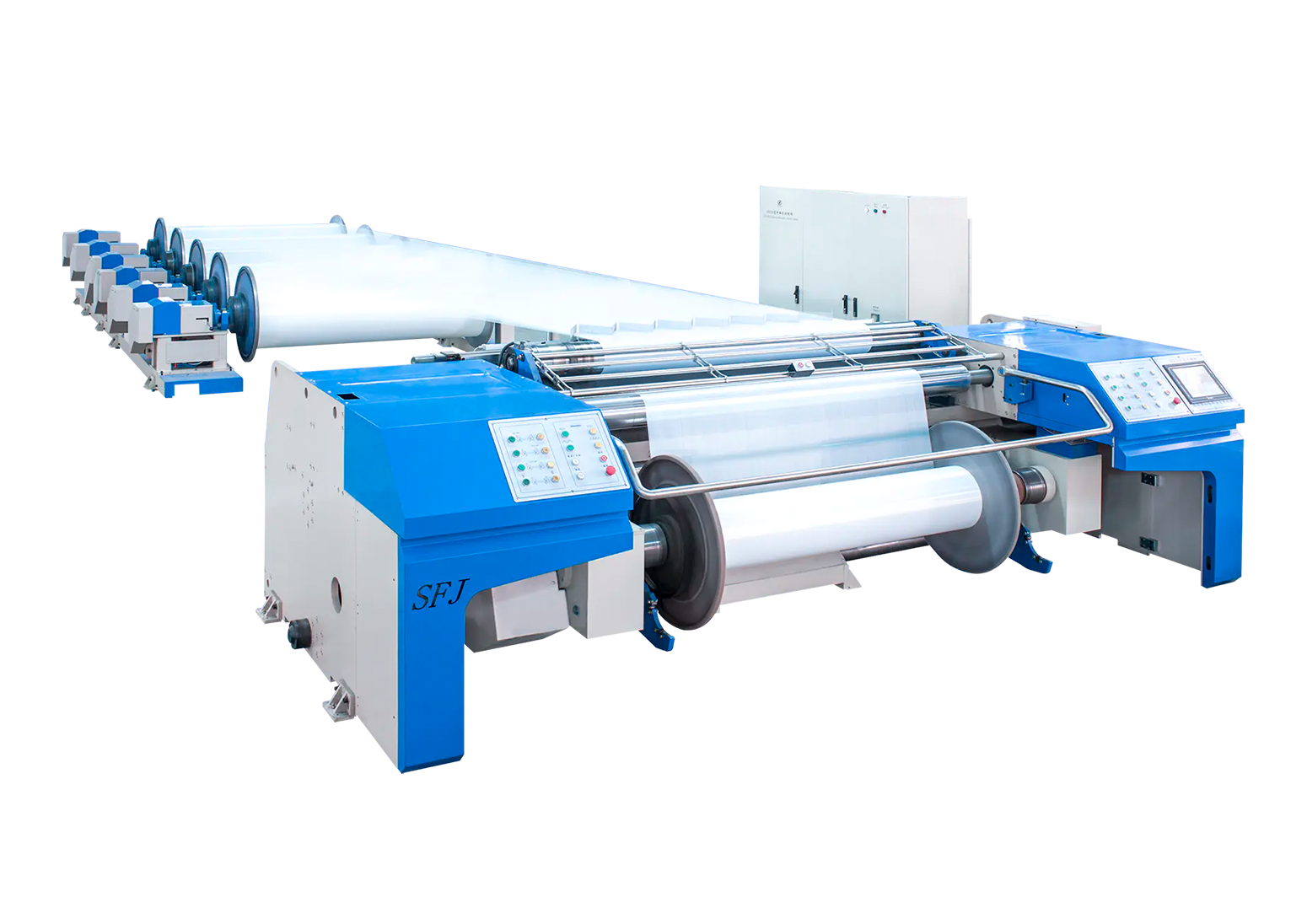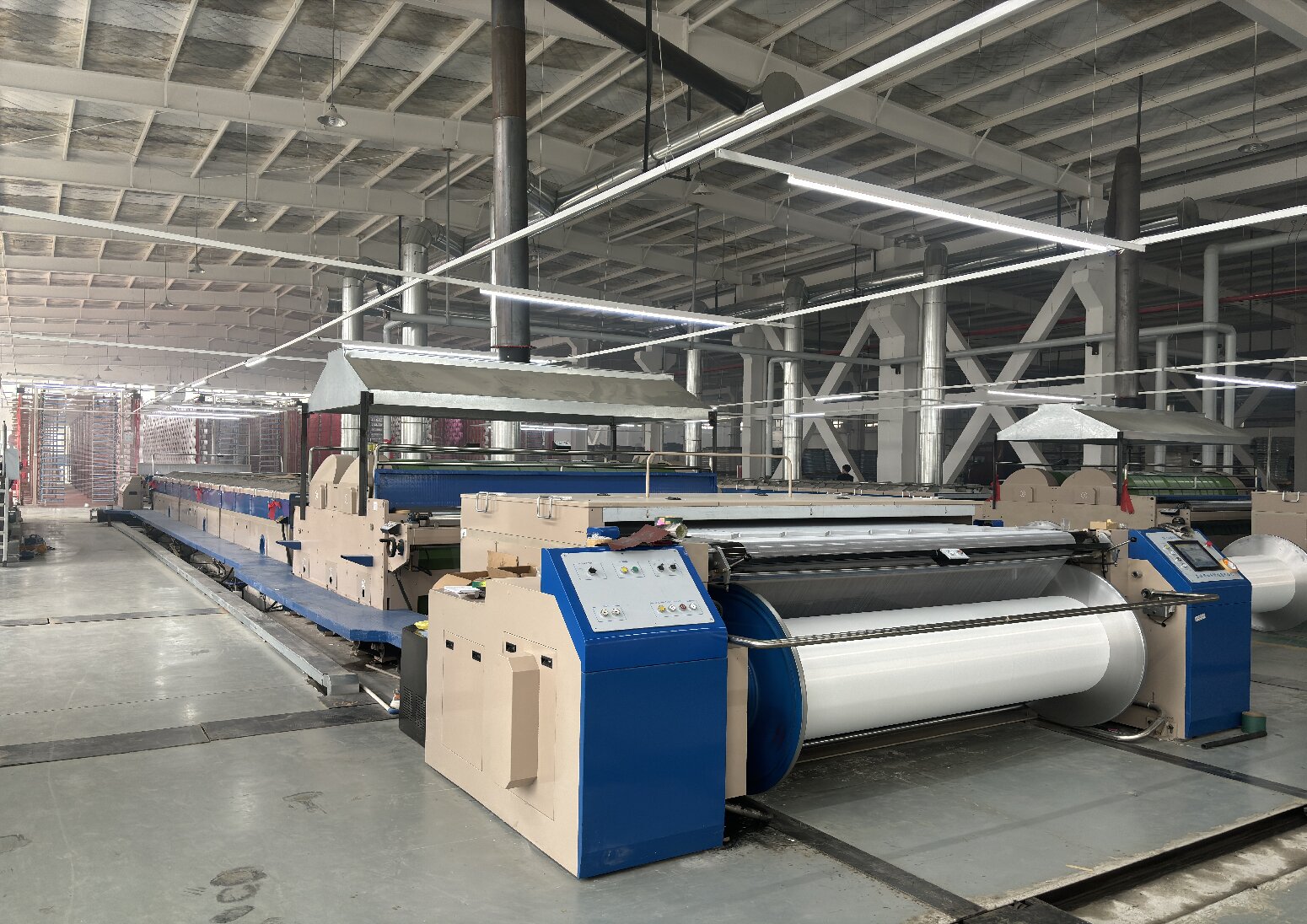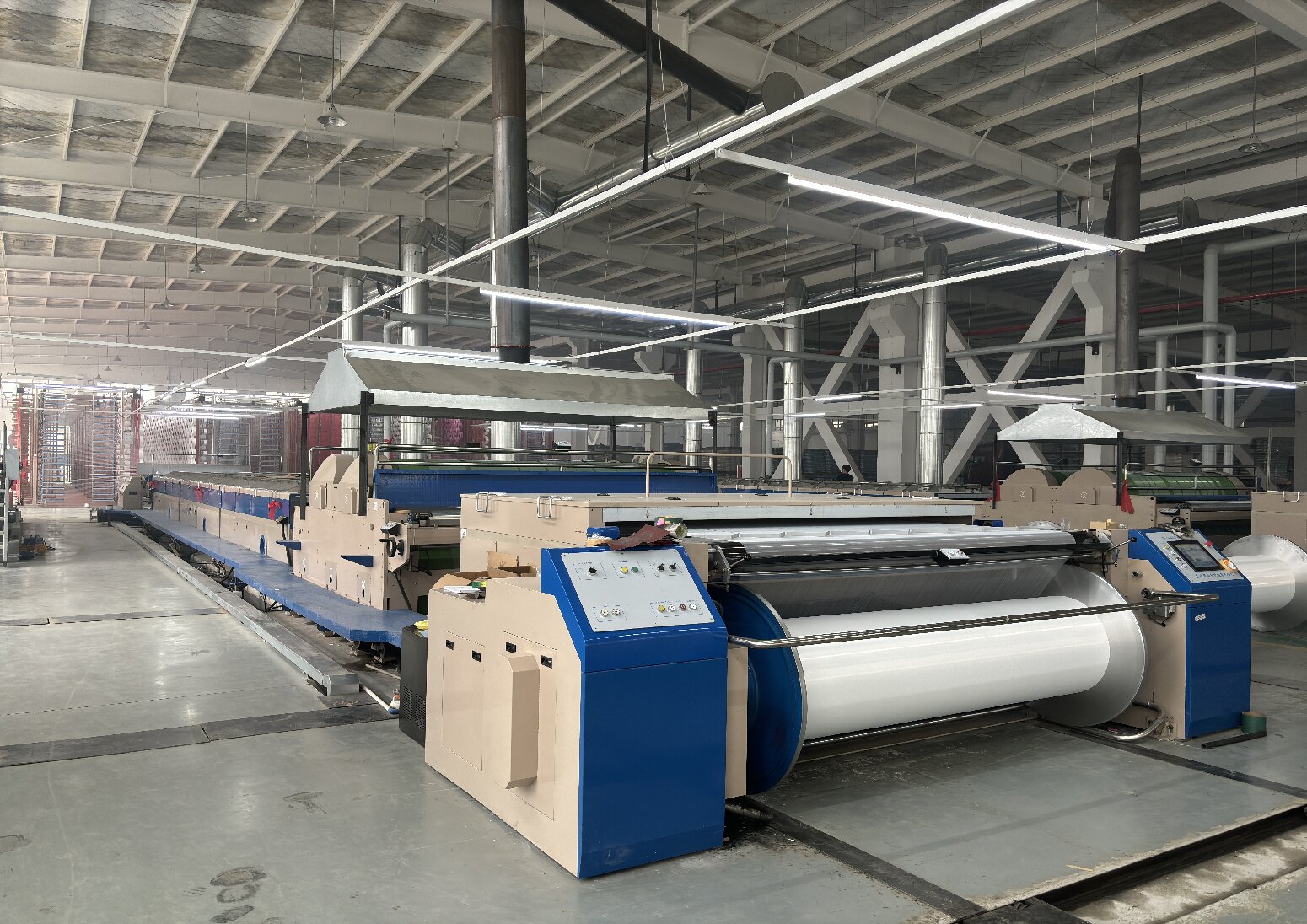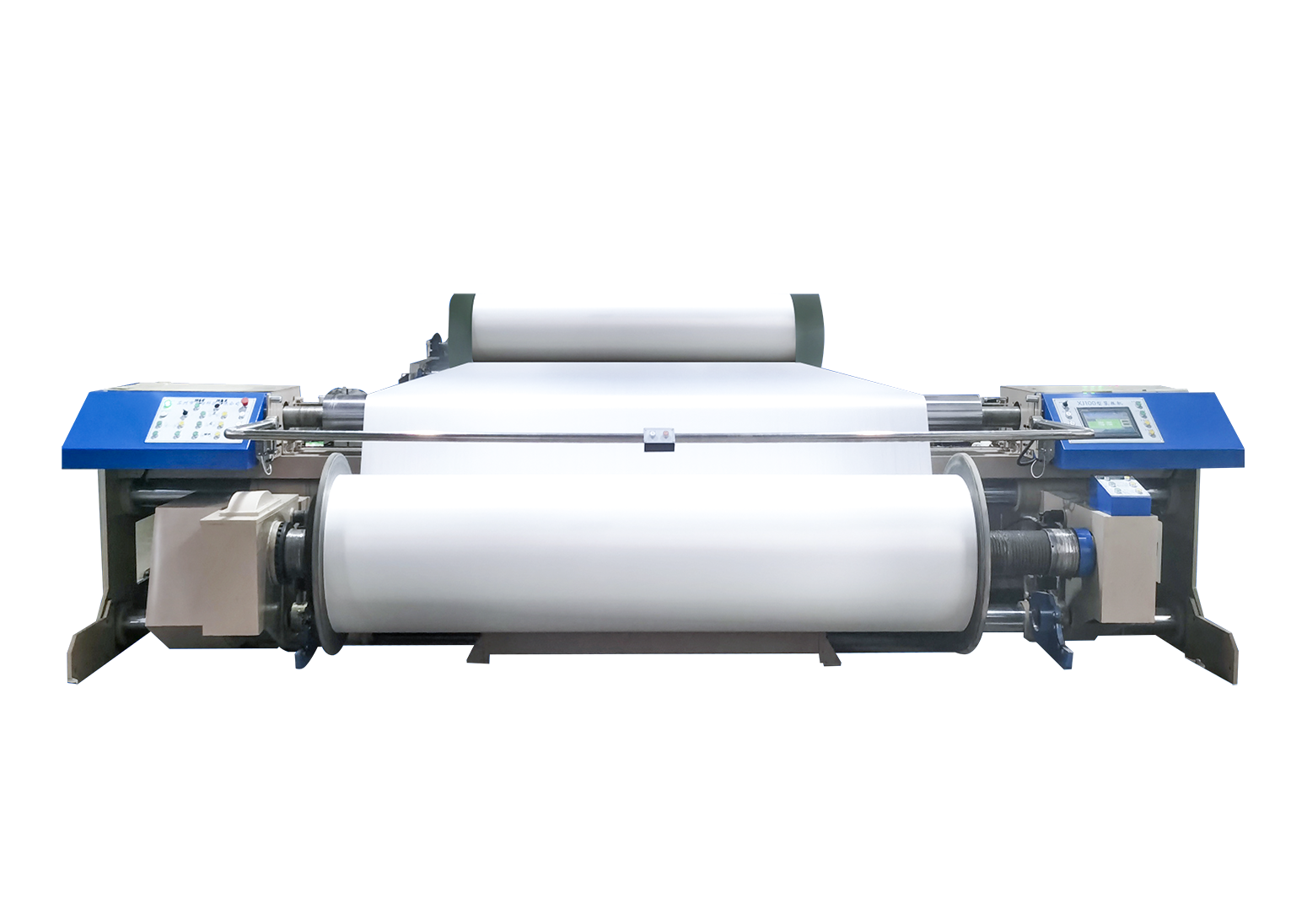Global textile machinery market foresees growth prospects
Global Market:
During the global economic downturn in 2008, textile sector emerged to be one of the most resilient sectors. The challenging market environment led to cutbacks in production, layoffs, and postponement of new investments. Major textile machinery exporting countries such as China, Switzerland, Italy, and Germany went through drastic decline in their export figures. 2010 brought resurgence in the textile machinery industry as economy recovered. Still spinning mills faced margin pressures due to volatile cotton and yarn prices. Weak demand during 2010 & 2011 made the European machinery companies explore new opportunities in Turkey, India, China, US, and Brazil markets.
Itema Group, Murata machinery Ltd., Rieter AG, Savio Macchine Tessili S.p.A., Lonati S.p.A., Toyota Industry Corporation Willi Grob AG, Mayer & Cie GmbH & Co are a few players dominating the global machinery market.
Growth Drivers:
Purchase of new machinery is the key growth driver of the market. One of the major growth drivers for global machinery market is the strong economic recovery; post recession, increasing demand for textile products, and environmentally friendly fibres, and a growing demand for the developing nations. Today machinery manufacturers produce textile machineries at competitive prices, and sophisticated machines of higher speed, and production capacity. Presence of numerous small scale players also makes the machinery sector more competitive. Along with them, MNCs have also entered the global arena, taking the competition to the next level, driving companies to work on their productivity and innovation.
Trends in the Textile Machinery market:
Asia-Pacific represents the biggest and fastest growing region for textile machinery. Increasing investments in textile production in the Asian regions fuel the market for textile machineries. Asian countries such as India, China, and Pakistan foresee favorable market for textile machinery due to the shifting of manufacturing operations from EU and US to amass cost benefits. Industrialization and economic development in China during the recent past has enhanced their textile production. China's Fifth Five Year Plan, 2011-2015 focuses much more on technological advancement of their textile industry. India aims to achieve enormous gains in export of textile and clothing in the coming years.
Mr. Rolf Strebel, CEO, Stäubli Group, a renowned mechatronics solutions provider talking exclusively to Fibre2Fashion states that there would be a drastic evolution in the global machinery market. "As to the machinery market, there will almost certainly be further consolidation taking place as we go along. In fabric manufacturing, countries like, for instance, India or others within the region are well poised to profit from global demands and requirements. India has the potential to further grow its textile industry, particularly if investment activities in latest textile machinery or automation processes will be sustained on a high level."
Manufacturers having operations close to retail distribution centers will be given more preference as it minimizes the delivery time. Mr. Strebel observes the nature of global consumers. "In general, I would point out that global consumers of textiles are very cost-conscious. They take quality for granted and expect rapid adoptions to their fashion and altering clothing requirements. Markets become more global which means that production units have to streamline their operations, more and more using automated machinery to maintain repeatability and reproducibility at highest quality and lowest cost. Quick response to changing requirements has to be at the forefront of leaders in the textile industry.
With the demand for high performance fabrics increasing day by day, textile finishing machinery is likely to become more significant.



 中文简体
中文简体








